Lilac "Dream": description and cultivation
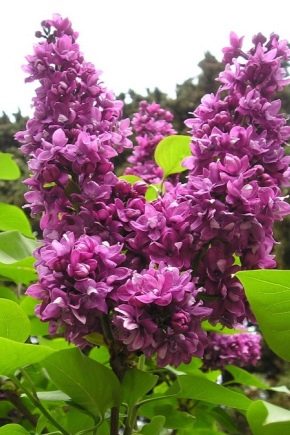
Lilac is a shrub plant from the olive family, which is familiar to the inhabitants of Russia, first of all, by its “ordinary” variety. However, there are different varieties of crops of interest. One of these types is Dream lilac.
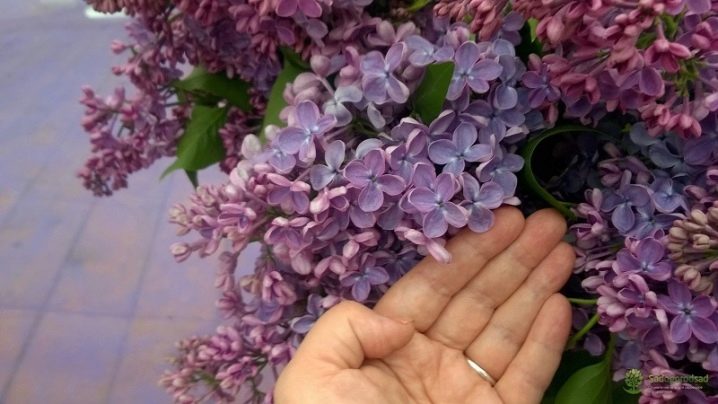
Peculiarities
The plant belongs to the group of garden shrubs. Judging by the reviews, there are no obvious flaws in it. Admiration is caused by both large inflorescences and a spreading crown. In botanical descriptions, it is noted that the flowers are painted in a bluish-lilac tone. In this case, the middle is lighter, and along the edges the petals are pinkish.
The size of the flower reaches 3 cm. The aroma is pronounced. The edges of the petals are strongly raised. The large foliage of a healthy plant is colored dark green. Flowering occurs abundantly, and every year.
Lilac "Dream" can hardly be called an ordinary shrub in terms of garden design. The decorative qualities of the variety allow many farmers to consider it one of the best options today. Beauty is inherent in literally every part of the plant.
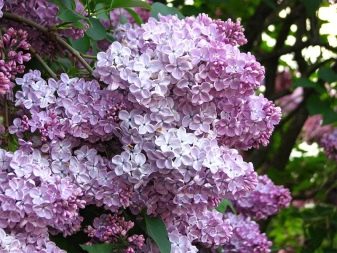
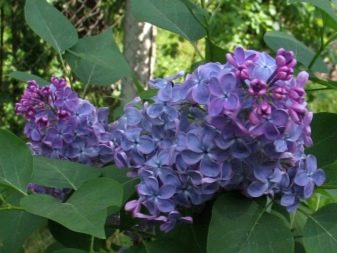
Judging by the reviews, it is this culture that is appropriate to grow when there is an opportunity to plant a single bush.
Landing requirements
A site for planting such lilacs is chosen well-lit by the sun and at the same time not blown by the winds.
Waterlogged, located in lowlands and areas flooded for other reasons are categorically unacceptable.
A small short-term stagnation of water is enough for the root system of young seedlings to be irreversibly damaged. Soil characteristics are also critical. Ideally, it should contain substances that ensure the full development of culture.
Good drainage is essential... Judging by the experience of gardeners growing Dream lilacs, the concentration of humus in the ground is of great importance. The optimal time for disembarkation is from July 15 to August 31... Shrubs planted from mid-September or too early do not take root well. If they take root, the growth will be minimal in the first year. The distance between individual planting nests varies from 2 to 3 m.


The variety developed by the efforts of the famous Kolesnikov will meet expectations only if the planting pits are properly saturated with fertilizers.
The optimal composition of the fertilizing substrate includes:
0.02-0.03 kg superphosphate;
15-20 kg of humus;
0.2-0.3 kg of wood ash.
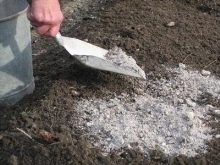


If desired, humus is replaced with an equal amount of compost. If you have to plant lilacs in acidic soil, the dosage of superphosphate is doubled. The components of the substrate must be thoroughly mixed. The acidity index of the soil should vary from 6.6 to 7.5... It is not recommended to go beyond these boundaries.
The optimal time for disembarkation is in the evening. In the morning and in the afternoon, planting lilacs is possible only when the sky is covered by clouds. It is important to select strong, high-quality planting material. The crowns of the seedlings are slightly shortened (by 3 pairs of buds), excessively long and deformed roots are cut off.
Laying lilacs is required strictly in the central part of the pit.

Care
The newly planted "Dream" is intensively watered. After waiting for the liquid to be absorbed, mulch is used. In its capacity, half-rotted foliage, humus, peat can act. You need to mulch in layers from 5 to 7 cm.
The soil in the near-stem radius needs to be loosened 3 or 4 times during the growing season.
In this case, the depth of the loosening tools should not be more than 7 cm.
It is necessary to add nitrogen starting from the second year.At this time, 0.05-0.06 kg of urea or 0.065-0.08 kg of nitrate are consumed. However, it would be much more correct to use organic compounds.

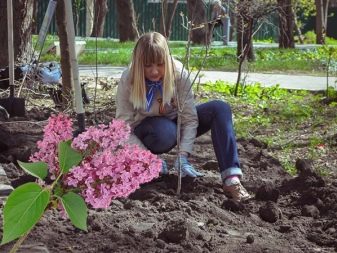
If preference is given to manure diluted to a mushy state, the consumption per bush will be from 10 to 30 liters. Breeding mullein should be done in a ratio of 1 to 5... Mixtures based on phosphorus and potassium should be applied in the autumn months, but not more often than once every 2 years. The ideal complex composition is pure wood ash.
During the flowering period, when shoots are actively developing, it is required to water the lilac more often. When the plant hardens, it will be enough to water it only on hot days. Loosening is required 2 times in the spring, and later - only during the weeding of weeds. To make the bushes look beautiful, they are pruned. However, the time for such processing comes only in the third year of the cultivation of "Dream".
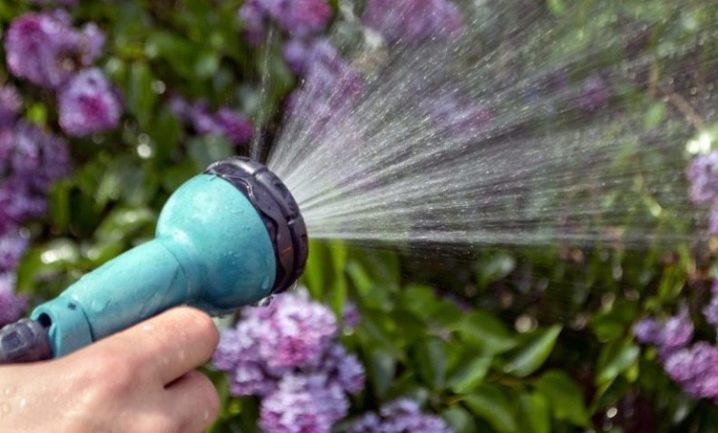
You will learn the secrets of breeding and caring for lilacs from the following video.



































































The comment was sent successfully.